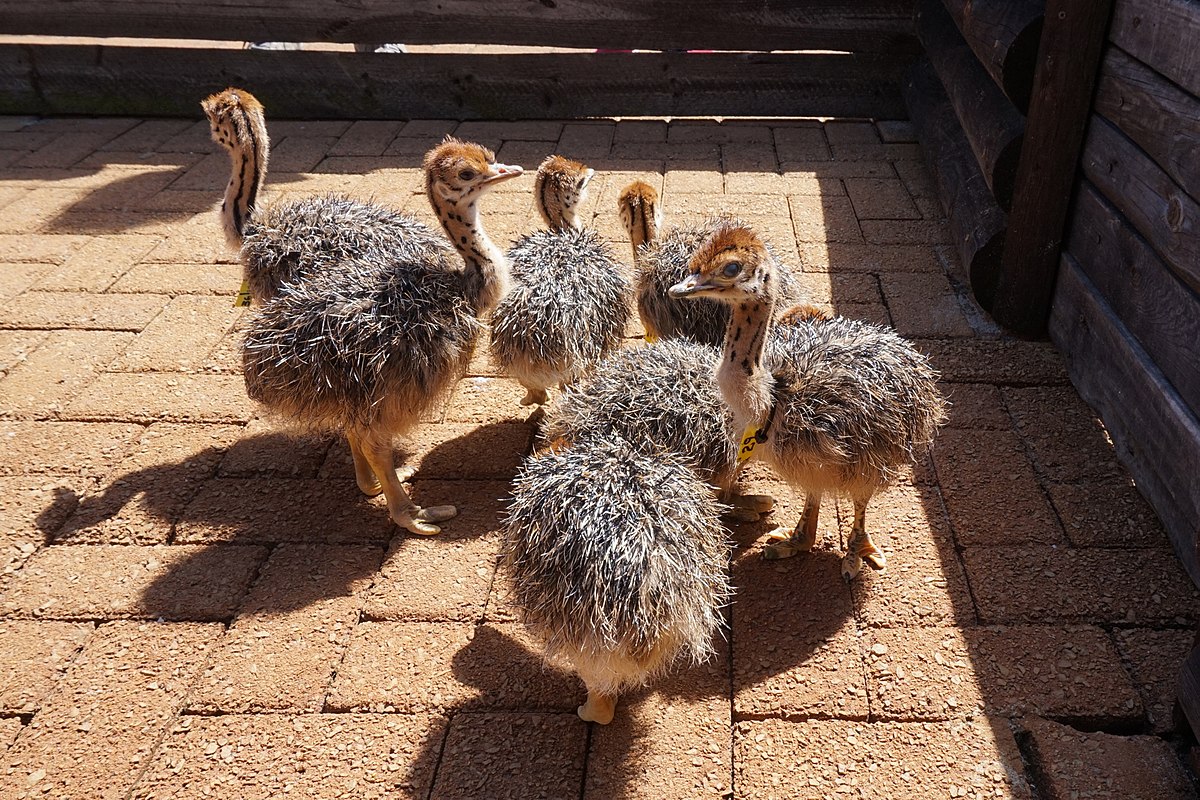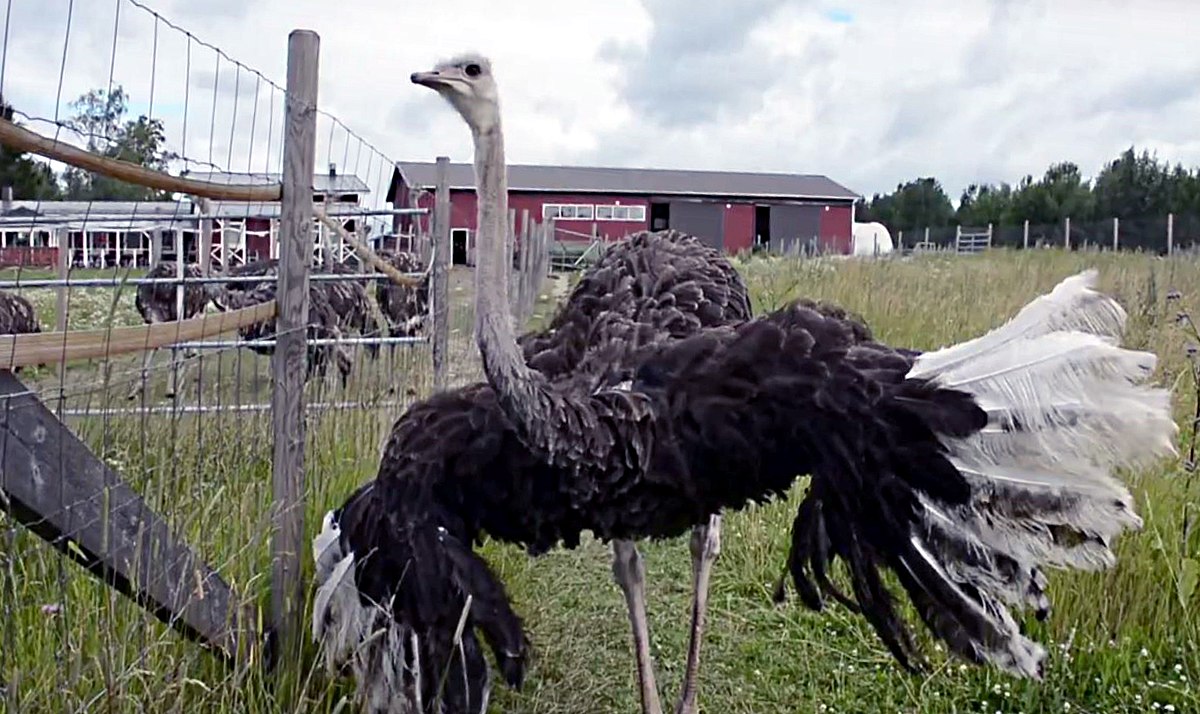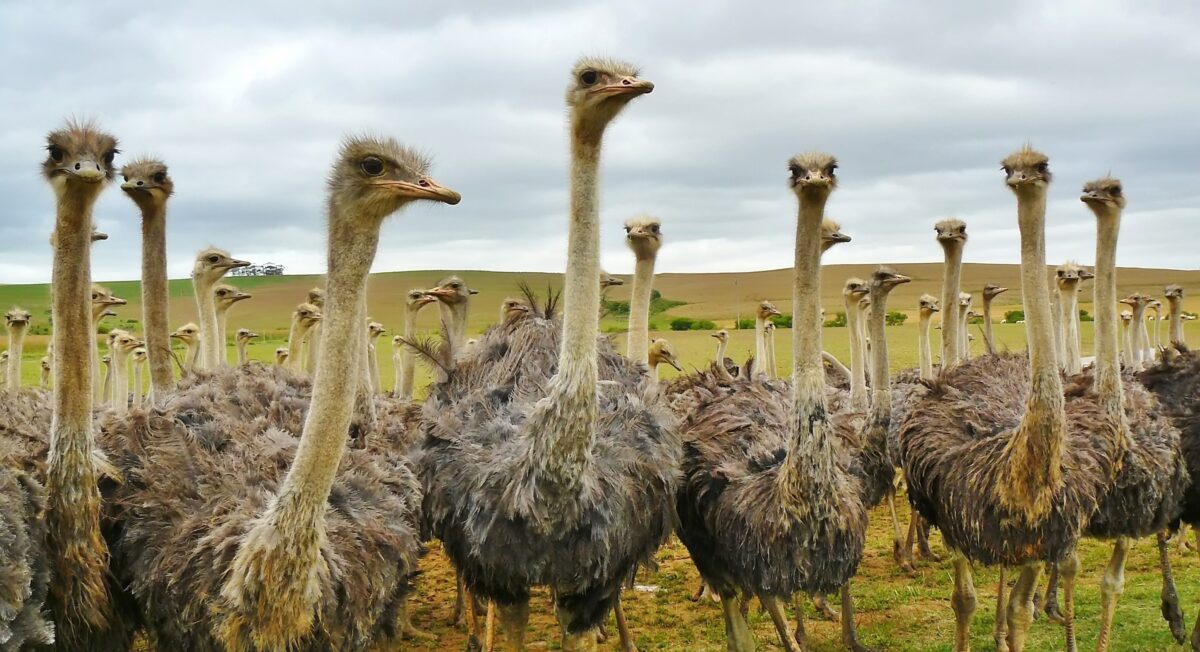If someone mentions farming, we may commonly think of crops, cattle, or poultry. However, an increasingly popular and unique venture in recent years is, of all things, ostrich farming! This sizeable feathered friend offers a valuable source of meat, hide and feathers, benefiting many parts of the world. So, buckle up and join us for a fascinating deep dive into the world of ostrich farming.
A Brief History of Ostrich Farming

The origins of ostrich farming trace back to the earliest civilizations of Romans, Egyptians, and Greeks, where ostriches were most notably utilized for ceremonial purposes. This giant bird’s eye-catching look and capabilities fascinated our ancestors. Ostrich populations suffered from hunting aimed at obtaining their plump feathers, rich meat, and durable skin. This situation necessitated the advent of ostrich farming to meet these demands while also conserving the animal.
The Plume Boom and Ostrich Value
Ostrich feathers proved to be uniquely valuable – they carry equal-length barbs on both sides of their shaft, making them highly desirable. Ancient Egyptians would even use ostrich feathers as a symbol of truth and justice. Such historical uses underpin the need for farming these birds.
The Evolution of Ostrich Farming

Ostrich farming truly took off in South Africa around the 1860s, where initial developments focused on harvesting the creature’s illustrious feathers. Over time, various parts of the world, including Argentina, Australia, and even the United States, began embracing ostrich farming. This global interest resulted in an impressive number of over one million ostriches being commercially farmed by 1913.
From Feathers to Meat and Hide
Despite a dip in ostrich farming during both World Wars, the interest never completely faded. Instead, the focus shifted from feathers to the animal’s meat and hide. This change was so significant that by 1986, South Africa was exporting 90,000 ostrich hides primarily to America.
Ostrich Farming Today

Thanks to the lucrative business of offloading not just feathers but also meat, hide, and occasionally eggs, ostrich farming remains active in modern times mostly in North America and Europe. The priorities though have shifted more towards breeding rather than processing. However, South Africa is still a significant producer of ostrich meat and hide, accounting for an immense 92% of the world’s ostrich slaughter in 1992. As demand continues to climb, ostrich farming is anticipated to grow even further.
Key Takeaways
- Ostrich farming started as a means to supply luxurious feathers and has now evolved into providing much more, including meat, skin, and eggs.
- South Africa remains a significant player in ostrich farming, particularly for meat and hide.
- Demand for ostrich products is rising, solidifying the importance of continued and responsible ostrich farming practices.
Related Resources: